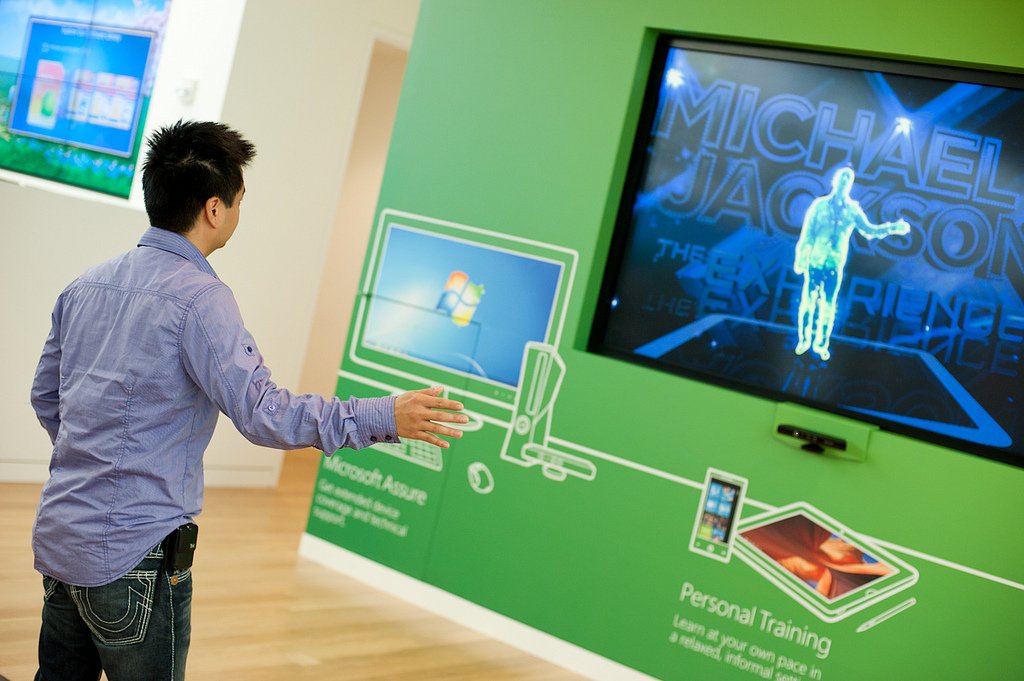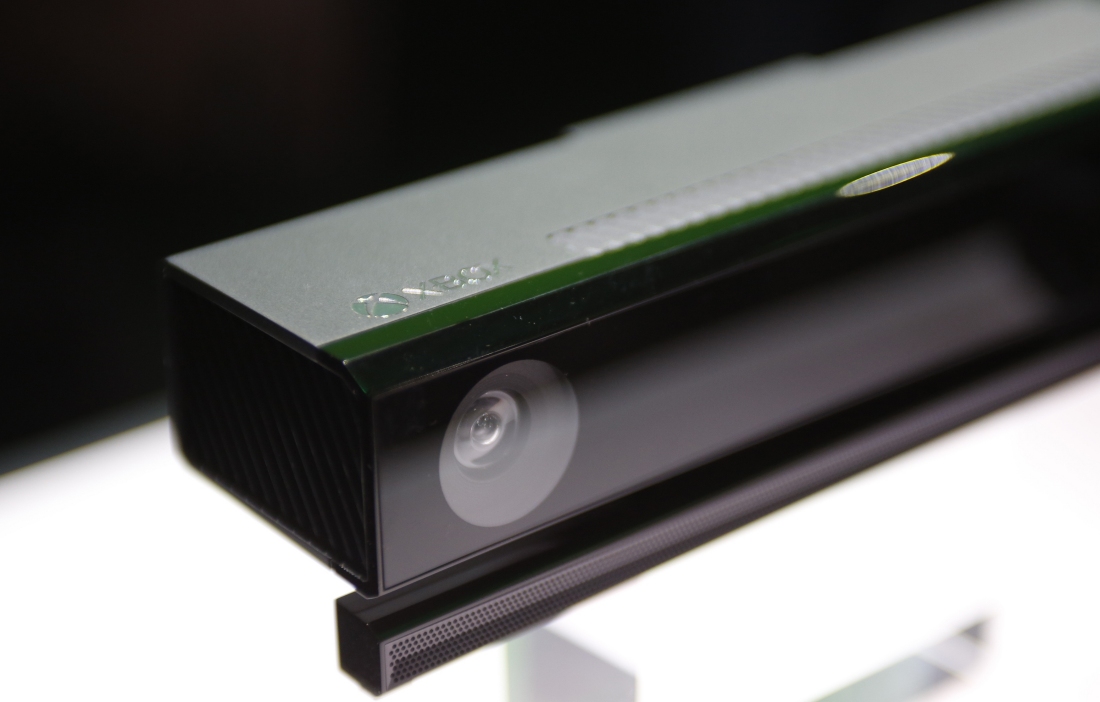The writing was on the wall for Microsoft's flagship motion control device and now, it's finally official: the company has ceased all production of the Kinect.
The Kinect may not have been the most popular console gaming peripheral in the world but it still managed to attract a sizable audience, selling roughly 35 million units over its nearly seven-year lifespan. In the realm of gaming motion controllers, the Kinect stood apart as an innovative piece of technology - nobody had seen anything quite like it when it launched in November 2010.
Microsoft's goals for the Kinect were admirable. The device was intended to get people up off the couch and moving around while largely eliminating the need to use a controller. Whether or not the tech giant accomplished that goal in the end remains a topic of much debate.

Though the Kinect has been the source of some controversy over the years, it would be irresponsible to call the device a complete failure. Indeed, Microsoft has undoubtedly learned valuable lessons about the pricing and marketing of their devices for the future.
But more importantly than that, while the Kinect itself may at long last be "dead," the tech within - and the minds that created it - will live on in other devices (Microsoft-owned or otherwise).
For example, Microsoft's own AR HoloLens headset was created by Kinect developer Alex Kipman and will be taking full advantage of its predecessor's depth-sensing technology. Additionally, some Windows-powered laptops are now beginning to ship with Microsoft's Windows Hello facial recognition technology, undoubtedly based on lessons the company learned from the Kinect.
Even Apple's upcoming iPhone X will use know-how from recently-acquired company PrimeSense (the original creators of the Kinect's tech) to power the phone's depth-sensing cameras.
